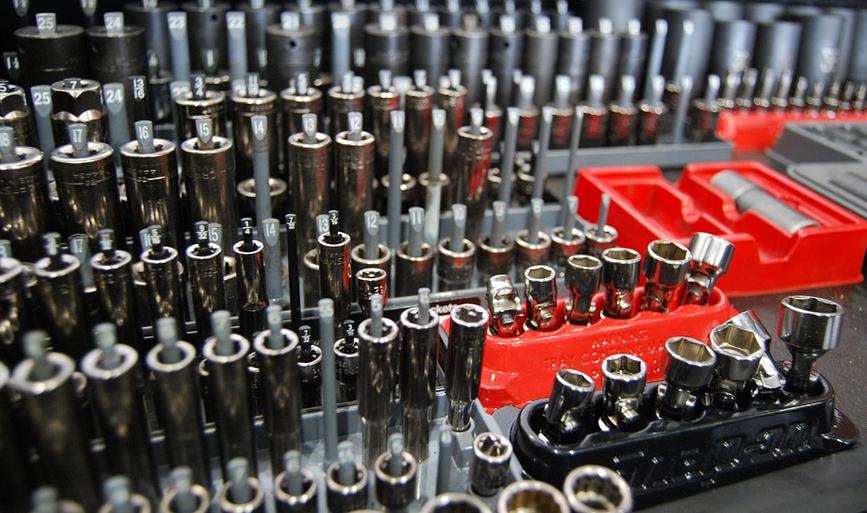
Swimming Pool Caulking Repair: Everything You Need To Know In 2025
A Quick Dive into the World of Swimming Pool Caulking
Your sparkling swimming pool is a source of joy, relaxation, and maybe even some epic backyard parties. But let’s face it, those endless summer days come with their share of challenges – leaky plumbing, fading tiles, and, of course, the ever-present threat of pesky water damage on your beautiful concrete surround.
One of the most common culprits behind these pool-related woes is a worn or damaged caulking around your pool. Caulking acts as a crucial barrier between the pool itself and its surrounding environment – keeping water in and preventing unwanted intrusions from the outside world.
Why Caulking Matters: The Importance of Pool Caulking
Caulking is like a shield for your pool, but it also plays a critical role on a much deeper level. It acts as an essential barrier against moisture intrusion, potentially leading to significant damage if left unaddressed.
Think about it this way: Imagine splashing around in your pool, and then suddenly, you find water seeping through the cracks in the concrete or around the joints of the tiles – that’s a nightmare scenario for any homeowner. Caulking acts as your first line of defense against such unforeseen consequences.
But beyond preventing leaks, good caulking also safeguards your pool from:
- **Heat loss:** Proper sealing prevents the transfer of heat away from the pool, allowing it to retain its thermal energy for longer periods. This is especially important in colder seasons when you’re looking to enjoy those warm dips.
- **Pest intrusion:** Many pests find their way inside through cracks and crevices, seeking shelter or easy access to food. Caulking acts as a barrier against unwelcome guests like ants, spiders, and even larger creatures like raccoons.
- **Mold and mildew growth:** This is especially important in humid environments where moisture can easily seep into the pool’s surroundings.
Signs that Your Pool Caulking Needs Attention
Just like any other part of your house, your pool requires regular maintenance to ensure its long-lasting, leak-free performance. So how do you know when it’s time for a caulking refresher?
Look out for these telltale signs that your pool’s caulking needs attention:
- **Cracks and gaps:** These are obvious indicators of damage, water seeping through, and potential leaks. Check the corners of your pool, especially around the steps and at the entrance.
- **Color fading or discoloration:** This can indicate long-term exposure to harsh weather elements, UV rays, or even mildew growth.
- **Water damage:** Any sign of water stains, bubbling, or peeling paint on the pool’s surrounding areas could signal a serious potential leak.
Caulking Repair: A Step-by-Step Guide for Success
Fixing your leaky caulking can seem daunting, especially if you’re not familiar with the process. But don’t despair! A little patience and the right tools can make all the difference.
- **Preparation is key:** Before you begin, gather your supplies – a caulk gun, caulk of the appropriate type for your pool, a putty knife or scraper, a sponge, sandpaper (optional), and painter’s tape.
- **Remove old caulking:** Carefully scrape away any old or damaged caulking with a putty knife. Ensure you remove any excess material to ensure proper bonding.
- **Clean the surface:** Thoroughly clean the surface where you’ll apply new caulk, removing dirt, debris, and oil residue. This ensures optimal adhesion of the new caulk.
- **Apply the caulk:** Use your caulk gun to apply a consistent bead of caulk along the edges of your pool, following the manufacturer’s instructions for curing time.
- **Smooth it out:** Ensure the caulking is smooth and free from bumps or air pockets. A rubber tool can help achieve this.
- **Cut off excess caulk:** Once cured, trim away any excess material with a sharp knife or scraper to create clean lines.
- **Let it cure:** Allow the new caulk to cure completely before using your pool. This typically takes 24-72 hours depending on the type of caulk used.
A Professional Touch: When and Why?
While tackling minor repairs yourself is entirely possible, when it comes to larger projects or if you’re unsure about the complexity of the job, calling in a professional pool maintenance expert can be highly beneficial. Here’s why:
- **Expertise and experience:** Pool professionals have extensive knowledge about different types of caulking materials, specific techniques for applying it, and identifying hidden issues that may require additional attention.
- **Specialized tools and equipment:** They often use specialized tools and equipment like high-pressure washers and pressure testing gauges to ensure a thorough inspection of your pool’s caulking. This helps catch potential leaks or structural damage before they escalate into major problems.
- **Time-saving approach:** Professional services can save you time and energy, allowing you to enjoy your pool without the stress of doing it yourself.
Investing in Longevity: The Long-Term Benefits
Keeping your caulk in tip-top shape is a smart investment that extends the lifespan of your pool. Regularly addressing minor issues and sealing cracks can prevent bigger problems down the line such as costly repairs or even mold growth.